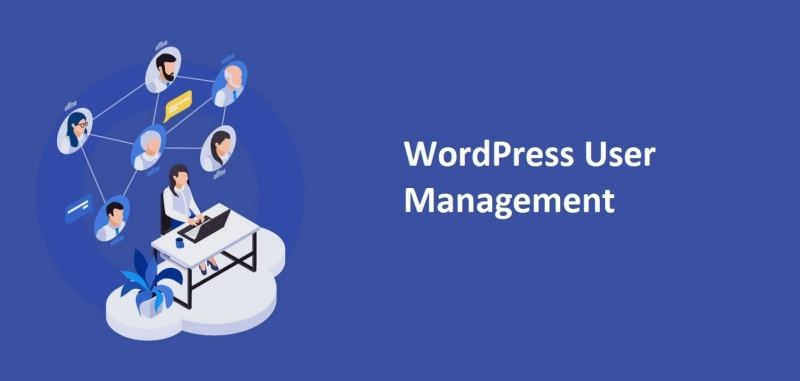WordPress User Management is the process of controlling and overseeing user access and permissions on a WordPress website. It involves assigning specific roles and capabilities to users, which determines what actions they can perform within the site.
WordPress offers a flexible system for managing users, ranging from administrators with complete control to contributors with limited capabilities. Effective user management is crucial for maintaining website security, ensuring content integrity, and facilitating collaborative content creation on WordPress platforms.
Importance of WordPress User Management
WordPress User Management offers a range of advantages that collectively enhance the functionality, security, and user experience of your website developed with professional WordPress themes. It enables you to prevent unauthorized access, safeguard sensitive data, and maintain content integrity by regulating who can edit and publish. By assigning distinct roles and responsibilities, you can streamline workflows, fostering efficient collaboration among users with varying tasks and permissions.
Here's a comprehensive list of WordPress user roles:
The various user roles allow website owners to manage access and responsibilities effectively, ensuring that each user has the appropriate level of control and permissions based on their role within the site.
Super Admin: This role exists only in WordPress Multisite, a type of WordPress installation. The super admins have full control over the entire network of sites, including the ability to add and manage network-wide plugins and themes, create new sites, and manage user access across all sites.
Administrator: Administrators have full control over a single WordPress site. The admins can create, edit, and delete posts and pages, install and activate plugins and professional WordPress themes, manage other users, change site settings, and perform all administrative tasks.
Editor: Editors are limited to create, edit, publish, and delete their own posts and pages. They can also edit and manage posts and pages created by other users, including authors and contributors.
Author: Authors are limited to creating, editing, and publishing their own posts.
Contributor: The contributors can write and edit their own posts. Their content is reviewed by the editor before publishing.
Subscriber: Subscribers have the most limited role. They can only view and comment on posts, and they cannot create or edit any content.
Shop Manager: In WooCommerce, a popular e-commerce plugin for WordPress, the Shop Manager role is created. Shop Managers have control over the online store, including orders, products, and inventory, but they don't have access to the site's overall settings.
Customer: Also, in WooCommerce, customers are users who make purchases on your e-commerce site. They have limited access, primarily to manage their own orders and account information.
How to make the best out of WordPress user management?
To make the best out of WordPress user management and ensure the security and efficiency of your website, follow these steps:
Step 1: Assign the Correct Role
Assign appropriate user roles to ensure that each user has the necessary permissions and responsibilities. Avoid giving too many users administrator roles, as this can increase security risks.
Step 2: Delete Inactive Accounts
Regularly review and delete inactive or dormant user accounts. This reduces the potential security vulnerabilities associated with unused accounts.
Step 3: Monitor User Activity
Keep an eye on user activity by using plugins or built-in WordPress tools. Monitor login attempts, content changes, and user interactions to detect any suspicious behavior.
Step 4: Limit User Session
Implement session management policies to automatically log out users after a certain period of inactivity. In this way, you can minimize the risk of illegal access if a user exists in their session without properly logging out.
Step 5: Secure the Login Procedure
Strengthen the login process with security measures like two-factor authentication and CAPTCHA. Limit login attempts to prevent brute-force attacks. Ensure strong and unique passwords for all user accounts.
Conclusion:
Effective WordPress user management is vital for maintaining a secure and organized website. By assigning appropriate roles, regularly reviewing and removing dormant accounts, monitoring user activity, limiting user sessions, and enhancing login security, you can optimize your user management practices. This not only enhances website security but also contributes to a smoother user experience and more efficient content management. Regularly updating and adapting your user management strategies is key to maintaining a healthy WordPress site.


